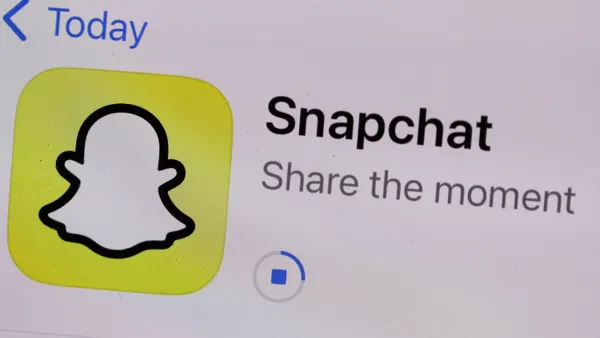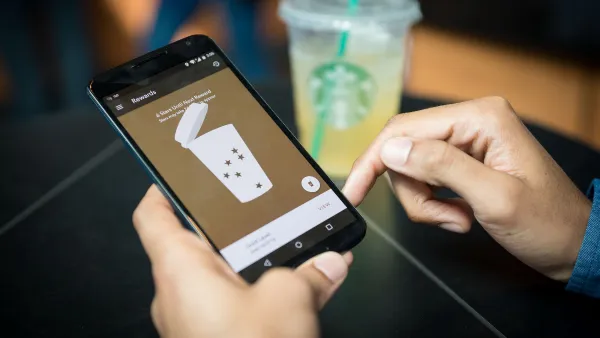Dive Brief:
- An estimated 177.7 million U.S. adults — 70.3% of the total population — will regularly use another digital device while watching TV this year, up 5.1% from 2016, according to an eMarketer study made available to Marketing Dive.
- Of the "second-screeners," 110.5 million will use a desktop or laptop to browse the web while watching cable or over-the-top (OTT) streaming services like Netflix or Hulu. The majority of consumers, 162.2 million, will use a smartphone, up 11.3%, per eMarketer. By 2019, 187.3 million consumers will use a smartphone for second-screen viewing.
- Approximately 131.5 million U.S. adults will interact with unrelated content in 2017 while watching TV and just 46.2 million will consume related content. Consumption of related content is growing at a slightly higher rate than unrelated content but the latter will continue to dwarf the former as consumers' preference for multitasking wins out.
Dive Insight:
EMarketer's findings highlight the rise in multitasking as cord-cutting continues and consumers' content consumption habits become increasingly multichannel, which points to both challenges and opportunities for marketers to deliver creative integrated campaigns. Consumers attention is clearly not on TV, yet this channel continues to dominate ad spend.
The study estimates that of the 177.7 million U.S. adults who second-screen this year, 74% of them will interact with content unrelated to the TV program they're simultaneously viewing. Given that most people are interacting with unrelated content, TV advertisers are battling distractions beyond the traditional snack and bathroom breaks inherent in interruptive TV viewing. This also opens the door for marketing opportunities to produce relevant, compelling content tailored specifically for second-screen experiences, including Twitter chats, GIFs on social media or bonus content online to keep users engaged.
The findings suggest multitasking will continue to grow as marketers uncover ways to engage second-screen viewers that cater to their needs.
Some marketers are turning to Twitter, the micro-blogging app with 328 million users, for second-screen engagement because of its key element of immediacy. An August Twitter study found that the platform provided an average 6% higher reach for cross-platform viewing than other social media, which particularly helped TV networks connect with young, hard-to-reach audiences. This opportunity lets consumers communicate online with other viewers of the TV show as it airs live, signaling an opportunity for marketers to use social media to complement live broadcasts and supplement their audience reach.
Other social media platforms like YouTube and Facebook are ramping up their second screen opportunities in recognition of how entrenched the behavior has become.











